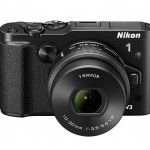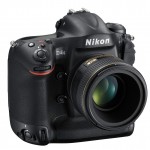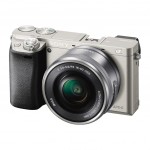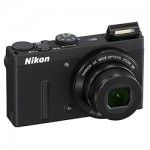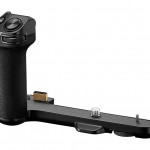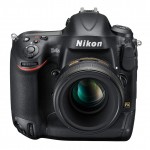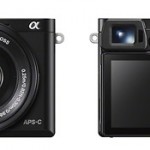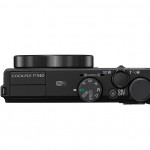How effective is the in-camera IS technology from the following manufacturers... when used with lenses of a 200mm focal length and longer?
PENTAX
Olympus
Sony
Would like to hear first-hand experience from people who use IS-equipped camera(s) from the above manufacturers, with lenses of a 200mm focal length or longer. Is the image-stabilizer as effective as with shorter focal-length lenses?
And please mention which camera/lens model you used.




 LinkBack URL
LinkBack URL About LinkBacks
About LinkBacks



 Reply With Quote
Reply With Quote
